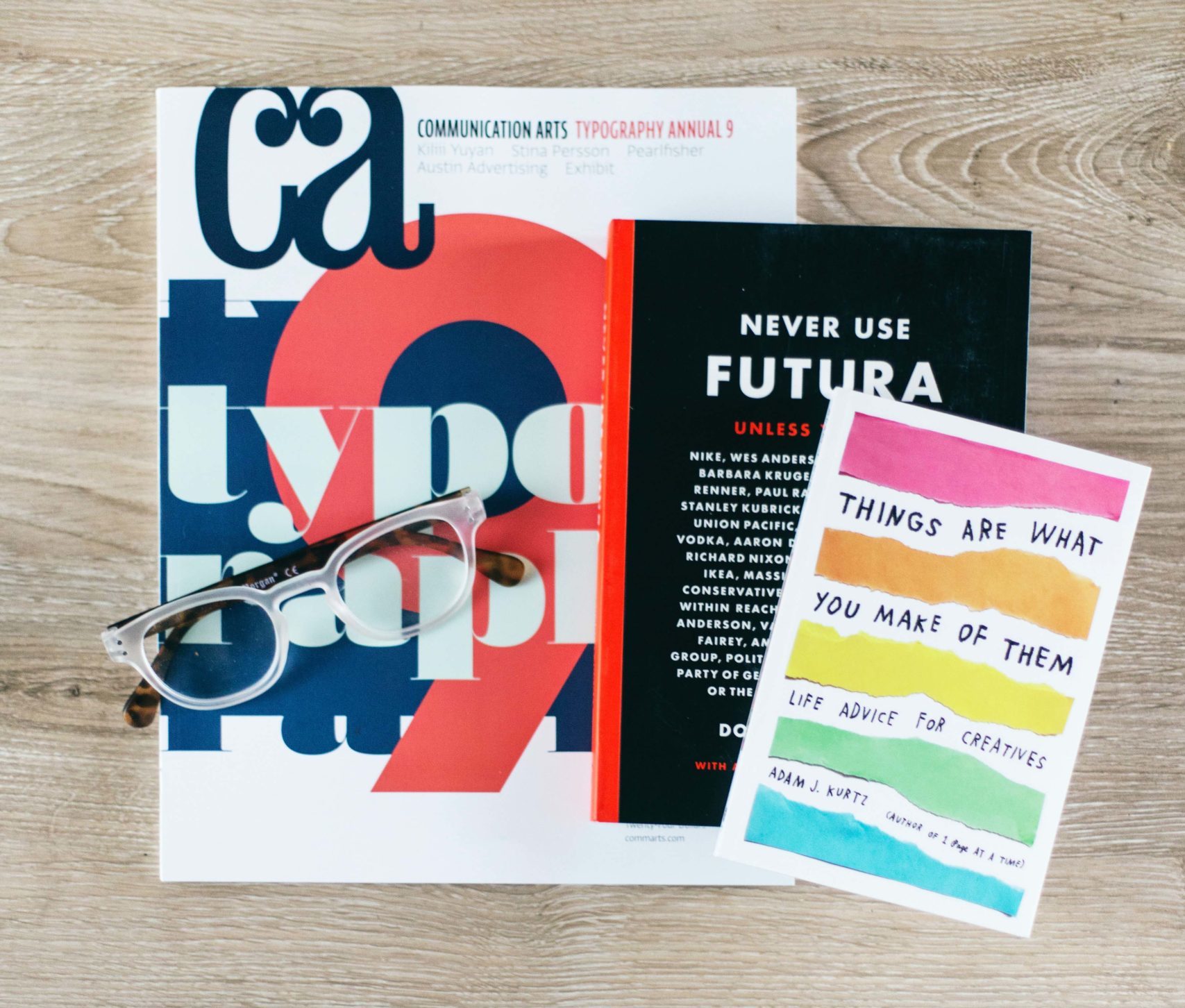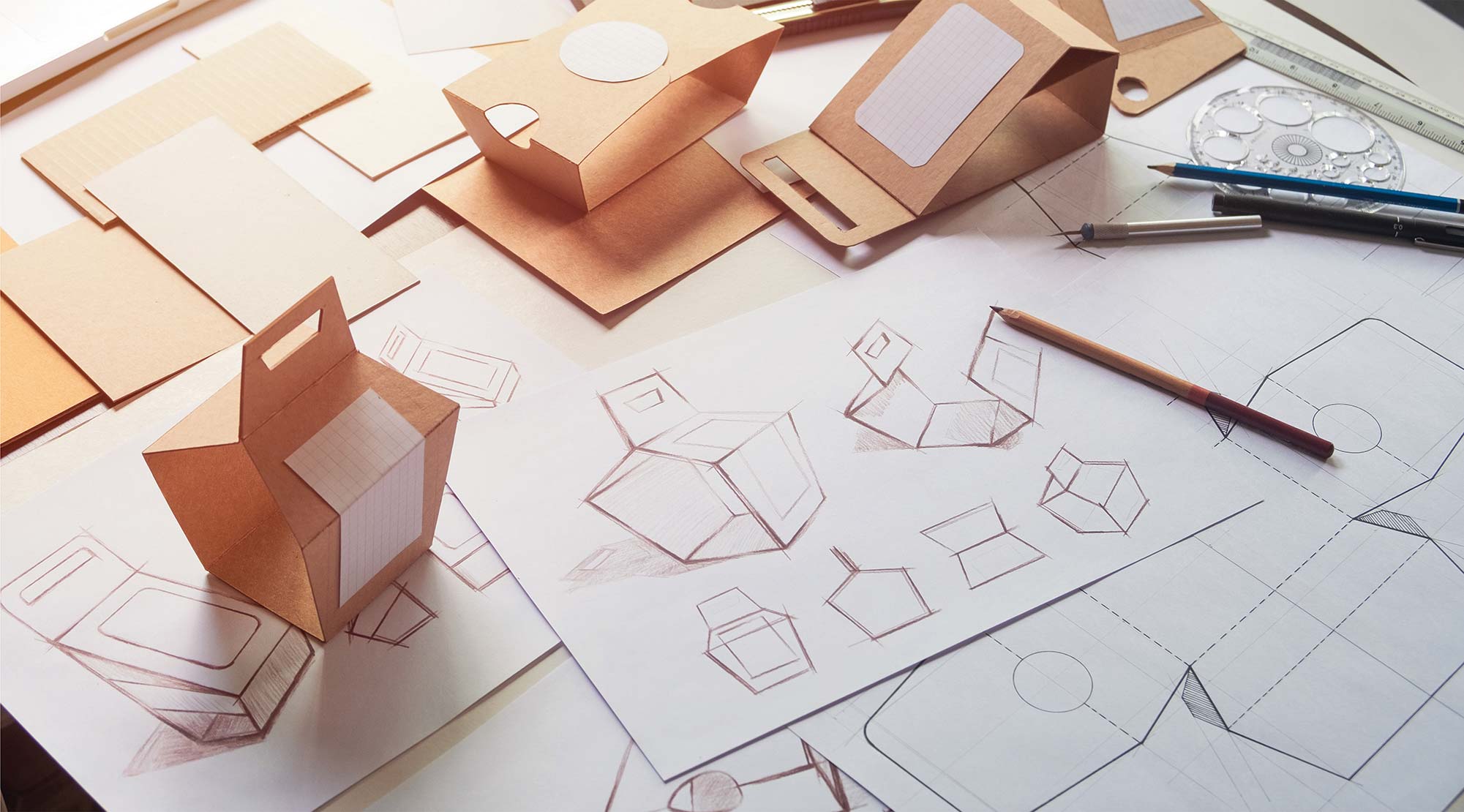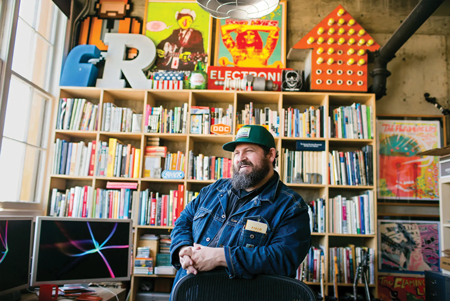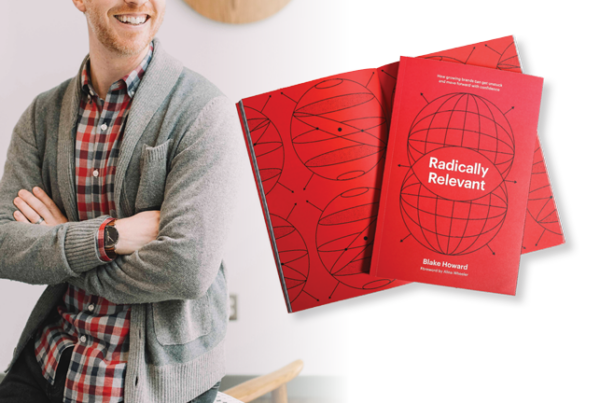In 2022, designing great packaging is about more than just standing out on the retail shelf or leaping off the page on Amazon. Here we take a closer look at trends in the industry and get advice from design and branding expert Vicki Strull on how you can make your packaging further your brand story.
F rom a functionality perspective, the first responsibility of product packaging is to protect what’s inside. Whether we buy in store or online, we the consumers expect our new goods to be intact when we open them. But that functional aspect is the bare minimum of what packaging should do for a brand. Vicki Strull, a design strategist with more than two decades of experience in brand positioning, campaigns, and packaging design and innovation, says packaging should attract, inform, engage, and delight.
“Great packaging should grab your attention. It should scream off the shelf or out from your computer screen,” Strull says. “It has to make me notice it and pick it up, and it needs to keep me interested enough to buy it. However it achieves that, it must also tell the brand story. That’s a tall order and a lot of responsibility for one piece of packaging, but I contend that packaging is a brand’s most important touch point.“
Statistics from a study by the Paper and Packaging Board tend to back that up. It found that 67 percent of consumers indicated they are influenced by product packaging, with additional studies revealing that 34 percent of impulse buys are thanks to packaging; 59 percent of consumers under age 45 consider attractive packaging a key selling point; and 30 percent of consumer decision-making is based solely on packaging.
“As much as a brand may have a great website, a great product, and top reviews, if its packaging doesn’t drive sales and isn’t a continuation of the brand story, the packaging doesn’t work, the product won’t sell, and the brand won’t make money,” Strull says.
Why is package design such a tall task?
Well, while humans may be simple—we like shiny, different objects that stand out—we are also quite complicated. There’s plenty of psychological stuff going on when we see a package on the shelf in front of us and we subconsciously assign perceived value.
Products that are packaged thoughtfully, with the consumer experience in mind, have the power to make us feel so good about the brand that we associate an even higher value to the purchase simply because of the packaging. That is, we respond emotionally to it. “Our psychological response is triggered when we’re able to touch and feel the product and its packaging before we buy it,” Strull says. “Once we touch it, we subconsciously begin to feel as if that object already belongs to us and, consequently, begin to attribute value to it. It’s what’s called the endowment effect.”
To achieve this emotional connection, brands must first understand what beliefs, values, and design trends resonate with their consumer base. Getting back to basics has been a trend we’ve seen in which designers and brands have gravitated toward uncluttered minimalism that puts the focus on what really matters: brand transparency and messaging that has no reason to hide behind cluttered graphics. “Today, I see minimalist design working best in the direct-to-consumer scenario,” Strull says. “It has plenty of appeal on Instagram, Snapchat, Pinterest, and other social media channels, which is the way a number of people are shopping these days.”
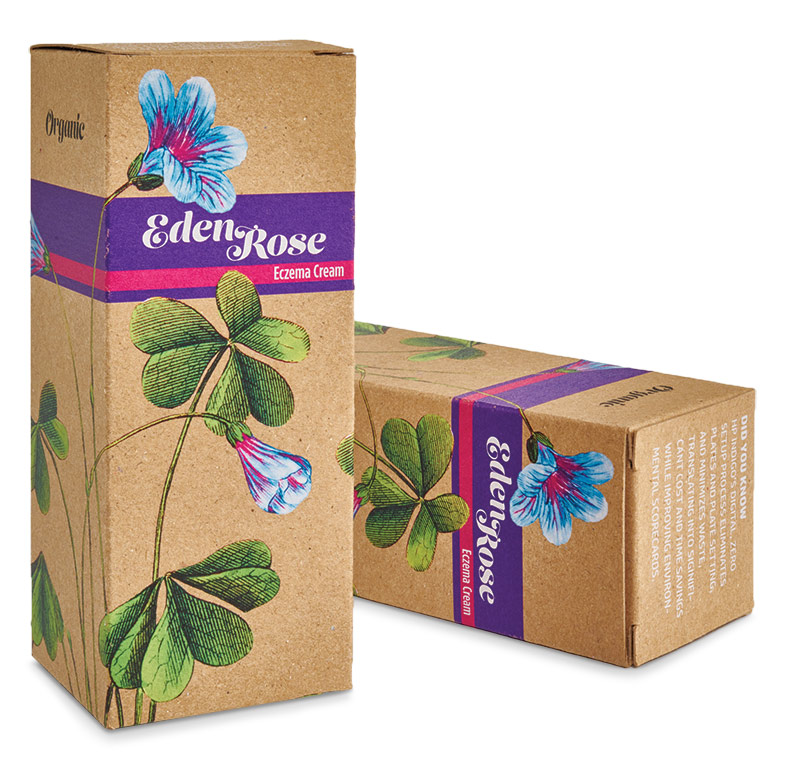
Rich Packaging
She believes, however, that flexible packaging has not followed this minimalist design trend. “We’re seeing a lot of rich imagery and shine: different films, substrates, and holographics,” Strull says. “It’s definitely not minimalist; it feels premium.” Brands that employ these design strategies and present their products through social media need to ensure that the value someone perceives online is congruent with what that person receives in their home. That is, if it looks premium on Instagram, it needs to feel premium when it arrives—with all the embellishments, metallics, and heavy paperboards that the Instagram post implied and now the customer expects.
When it comes to luxury goods, the experience the consumer has with the packaging must be unique and help tell the product’s story. Strull says that too many brands think only about the visual sense, but the sense of touch and the evocation of emotion from that experience are vital in the world of luxury goods. Recently, she has observed an increase in elegant contrasts and luxurious textures. “The ever elegant,” she says, “is becoming increasingly popular.”
Social-Worthy Un-Boxing
Brands that do most of their business through a direct-to-consumer model may not have to do battle on the store shelf with the competition, but they do need to attract a following with social-worthy packaging and then deliver a memorable experience to their customers as they receive their goods at home.
To make these “unboxing” experiences more impactful, Strull cites strategic tactics that include wrapping your products in branded tissue papers to build anticipation; using branded stickers to seal paper together to create their own in-home reveal; adding a short, handwritten (or at least personal-feeling) note; and adding a gift-size sample of another product that pairs well with what they’ve purchased. The extended value of well-designed packaging is that many consumers like to share their unboxing experiences by posting video clips or photos on social media, becoming evangelists for your brand in the process. It’s as much about the packaging as it is the product. To gain more impact from this social sharing, be sure to print branding on the inside of your packaging that can be seen as it gets opened.
“Never underestimate the value of incorporating social media directives into your packaging design,” adds Strull. “Whether your business model is direct to consumer or direct to a store shelf, the need to connect your packaging and your product to online engagement is crucial,” she adds. Driving consumers from their packaging to your social media pages or website for a special offer on their next purchase or to simply view a digital thank-you for making a purchase can score big with consumers plus extend your reach as a trusted brand.
Sustainable Packaging
Whether you choose uncluttered minimalism or rich imagery, one packaging trend that seems to be here for the long haul is the need to adopt sustainable packaging and circular economy principles.
A 2019 environmental survey by Newsday found that more than 80 percent of Americans say it is “important or extremely important” for companies to design environmentally conscious packaging. In fact, 77 percent of those surveyed said they would pay a premium for more environmentally friendly packaging. Plastic was the enemy, with 77 percent saying it was the least environmentally responsible type of packaging. More than half (55 percent) said paper is the most environmentally friendly packaging material.
“Brands are taking responsibility for the circular economy, where packaging is not only reused, recycled, composted, and/or disposed of in an eco-friendly manner for end of life,” Strull says. “Also, they are sourcing more readily from renewable resources, with an ever-decreasing carbon footprint.
As a result, we are seeing more suppliers innovating to develop renewable resources and brands themselves replacing plastic with paperboard, which is a renewable resource.” And designers now have another piece of the brand’s story to design into the packaging: that the packaging is sourced from responsibly managed chain of custody resources and is recyclable in and of itself.
Choosing a package design that doesn’t suit your brand story or accentuate your product could make all the work you did to get your product on the shelf a waste of time, energy, and dollars.
In a recent Nielsen study, 50 percent of baby boomers, 75 percent of Gen Z, and 73 percent of millennials said they would pay more for a brand that is environmentally responsible. “Whenever I am speaking with a client about packaging or on stage as a guest speaker, I encourage brands to be environmentally responsible and explain how this will generate loyal consumers. You can’t ignore what your consumers are telling you about protecting the environment,” says Strull.
To help brands and designers with their sustainability strategies, Strull recommends the following four tactics.
1. Right-sized packaging
Restructuring your packaging to fit the item is an investment that has an ROI domino effect: You’re purchasing less material and saving costs on the front end. Shipping more products in fewer containers reduces transportation and warehouse costs, reducing your carbon footprint. Finally, when consumers open the designed-to-fit packaging, they perceive your brand as
a steward of the environment rather
than wasteful.
Become a lightweight. “Lightweighting” is purposefully choosing lighter-weight paperboard that has the same caliper as your packaging requires in order to reduce your package or product weight, resulting in reduced transportation and fuel costs.
2. Reuse or upcycle
Retailers and brand owners know that kids love turning boxes into forts and playhouses, and today we’re seeing some wonderful innovations. For example, Target designed boxes that are printed with its brand puppy, Bullseye, doing things such as driving a truck. Social media lit up with kids playing with the boxes. Recently, Amazon applied for several patents for its corrugated boxes in which pieces pop out to become a sword, a house, and a rocket ship.
3. Recycle
Choose to use recycled or recyclable materials. Plenty of plastic products are having a huge impact on our landfills, including the millions of plastic cards that are produced each year as gift cards, frequent-buyer cards, and credit cards. If producers created these cards from biodegradable fiberboard instead, imagine what that would mean for our environment.
If the idea of researching packaging design best practices or chasing up sustainable packaging options is not your cup of tea, rely on a design professional who can read those tea leaves. Choosing a package design that doesn’t suit your brand story or accentuate your product could make all the work you did to get your product on the shelf a waste of time, energy, and dollars. Strull says it all begins with gaining intimate knowledge of whom you are selling to and what you are selling—and knowing that you are selling more than just the product.
“You should understand your brand and your consumer and what you’re trying to do for them so closely that the packaging is 100 percent true to that.”
Print that inspires
Request your free print inspiration kit and get highly personalized print samples right to your door.
